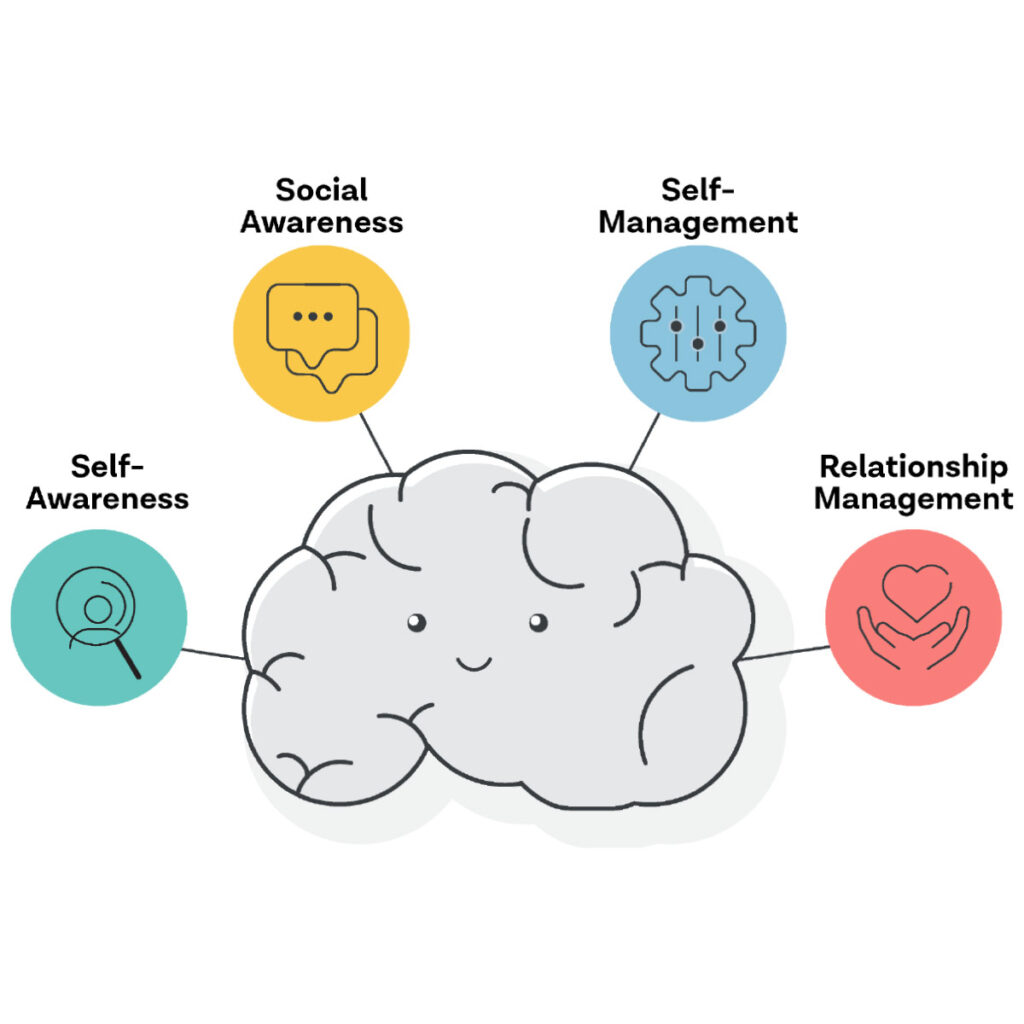Blood sugar can be a mystifying topic. While a common conception is that “sugar is not good for you,” sugar (or glucose) provides the energy your body needs to get through the day. Often, the relationship between blood sugar and diabetic conditions, or blood sugar and weight gain, is misunderstood. This article offers answers to frequently asked questions about this multifaceted health issue.
Are You In The Range?
By Joel Harris
What is blood sugar?
Blood sugar is a measurement of the amount of glucose—a simple sugar—in the blood. Glucose in the bloodstream is vital for providing energy to the brain, nerves, and cells throughout the body.
Glucose mostly comes from eating carbohydrate foods, which come in the form of sugar, starch and fiber. In a healthy body, carbohydrates such as fruit, bread, pasta and cereals are broken down in the stomach, and glucose is absorbed from the intestine directly into the bloodstream.
Contrary to what some may think, the presence of sugar in the bloodstream is itself positive. However, the goal is to maintain a well-balanced glucose level in order to sustain energy levels during the day. The presence of too much sugar in the bloodstream can lead to hyperglycemia, a condition associated with diabetes, a metabolic disease in which a person either does not produce or properly use insulin. The presence of too little sugar in the bloodstream may lead to hypoglycemia, a condition commonly associated with the treatment of diabetes.
How Does the body regulate blood sugar?
According to Dr. Akberet Hadgu, an internal medicine specialist with Parkridge Health System, a healthy body reacts to rising blood sugar by releasing the hormone insulin from the pancreas. Insulin works to bring about the absorption or uptake of glucose by primary tissue areas such as fat, muscle and the liver. Essentially, it forces cells in these tissues to absorb glucose from the bloodstream.
The result is that glucose is stored in those tissues in the form of glycogen (long chains of glucose). This stored “sugar” can be used as an energy source, and be accessed when blood sugar levels drop, such as during extraneous exercise.
In scenarios when blood sugar is low (for example, after an overnight fast), Dr. Hadgu explains that insulin secretion will decrease, resulting in diminished uptake by the liver, fat and muscle tissues. When the body does not have new carbohydrates to send into the bloodstream, the liver can work to metabolize its stored glycogen into glucose, thereby replenishing a person’s blood sugar and ultimately their energy levels.
What are normal levels?
According to Dr. Hadgu, a healthy blood sugar range is actually quite narrow—70-109 mg/dL for a person without diabetes. In the course of a day, a person’s blood sugar level will be at its lowest right before eating a meal, likely hovering at around 70-80 mg/dL. The risks for straying outside this particular range are twofold. First, the person whose blood sugar levels are below this range may be at risk of hypoglycemia. Hypoglycemia isn’t a disease itself; it’s an indicator of a health problem. Hypoglycemia can produce a variety of symptoms, but the principal problems arise when the brain’s functioning is impaired by a lack of glucose, leading to confusion, visual disturbance and seizures. Hypoglycemia is common among people being treated for diabetes.
However, it can be caused by certain medications, excessive alcohol consumption, and certain critical illnesses.
On the opposite end of the spectrum is hyperglycemia, a condition that occurs when a person’s blood sugar level has risen too high. Hyperglycemia, which can cause symptoms like increased thirst, urination and fatigue, usually refers to a glucose level higher than 200 mg/dL.
While it is most commonly found in people with diabetes, it can also be triggered by illness, injury or stress. A person’s blood glucose level can be well over the healthy limit for a significant period before any noticeable symptoms are present. Chronic hyperglycemia over a long period of time may cause neurological and cardiovascular harm as well as damage to the kidneys.
What is a “sugar high” or a “sugar crash”?
“Sugar high” and “sugar crash” are terms people use to describe the experience of sugar in their bodies. Often, what is believed to be an “energy high” from a large sugar intake is actually the body working hard to maintain its specific, normal balance of sugar in the bloodstream. In other words, the body responds to a very high intake of sugar as an “emergency” situation, briskly secreting insulin to initiate rapid glucose uptake by the body’s tissues. The presence of this “high” is often characterized by tremors or a shaking of the hands and a buzzing, caffeinated feeling.
A sugar “crash,” refers to the sense of tiredness, lethargy, or even irritation that occurs about an hour after a sugar high. A crash is caused by this pancreatic overreaction (release of insulin) in response to high blood sugar. The higher the blood sugar, the more intensely the body will work to compensate, leaving one with the feelings of exhaustion or lethargy after the initial burst of energy.
Does sugar make you gain weight?
It’s true—blood sugar has a role to play in the area of weight gain. If the body has too much glucose (as the result of a “sugar overdose”) and all its glycogen storage sites are full, the body will begin to convert glucose to fat. Insulin triggers glucose to enter your cells, but if your cells have more glucose than they need, the remaining glucose will accumulate as fat.
Over time, if a person consistently maintains high blood sugar levels, the body becomes used to producing (and is more likely to store) the overabundance of sugar as fat. But while adjusting sugar intake may contribute to a more balanced weight, Dr. Hadgu is quick to remind that balance, both in the diet and in life, is key. “Emphasis should be given to a healthy diet based on fresh foods that are not processed along with portion control and getting enough exercise,” she says.
What are good Dietary habits to help maintain normal blood sugar?
Dietary steps can be taken to help ensure that you maintain a normal glucose range. Certain foods don’t overload the body with sugars that the body must work to break down—fiber, for example, is unchanged in its passage through the digestive system.
“Each meal needs to include plenty of non-starchy vegetables, lean protein, and a small to moderate amount of carbohydrates,” says Kimberly Webster, R.N., B.S.N., a diabetes educator at Memorial Health Care System. “Focus on the healthiest carbohydrates such as fruits, vegetables, legumes and lowfat dairy products. Research has shown that eating foods high in fiber can help maintain healthy blood sugar levels. Aim for at least 20-35 grams of fi ber daily.”
How a person eats contributes significantly to maintaining healthy blood sugar levels, but even more so is the regularity with which one eats (every 4-5 hours). This allows for a steady balance of blood sugar, rather than the “highs and lows” that cause exhaustion, and can lead to overeating if one is too hungry. This, coupled with daily exercise, help keep a person’s blood sugar stable.
Health professionals also use what’s called the “glycemic index” to help people monitor their intake of sugar. The glycemic index, fi rst used to help people with diabetes, ranks food for its effect on blood sugar levels, with the lower the ranking the better. While there is no great evidence that a glycemic index diet greatly affects weight loss (though it may because more fiber and proteins are consumed), finding a balance in blood sugar intake can lower the risk of insulin resistance— a precursor to diabetes.
What about kids and sugar?
Instilling a healthy understanding of sugar in children can lead to lower health risks later in life. Though decreased from past studies, the Mayo Clinic reports that children under 11 years old are getting more than 15 percent of daily calories from added sugars. Added sugars, such as corn syrup, fructose sweetener, pancake syrup and high fructose corn syrup, are essentially “empty calories”— sugars with no nutritional value, only caloric increase.
While it is commonly thought that beverages such as juice or soda are the highest contributors of added sugar, the Atlantic Health reports that they only account for 41 percent of what children consume. The bulk of the added sugar children have access to is in foods like dessert mixes, dried fruit snacks, chicken nuggets, or condiments like ketchup (which is 20 percent sugar!). When reaching for any of these items at the grocery store, consider checking the label for sugar content.
“The development of chronic disease in children has doubled the past two decades as the rate of obesity has risen,” Webster says. “When children consume excess calories, sugars and fats, it increases their risk for developing metabolic syndrome, the tendency of several conditions to occur together and increase risk of coronary heart disease, stroke and type 2 diabetes. We need to encourage our children to eat a balanced diet of whole grains, fruits, vegetables and lean protein.”
Acting upon your gained knowledge of blood sugar can reduce your longterm risks for diabetes and a range of other health concerns. Awareness of the effects of sugar can lead to a more balanced diet, which when fortified by an active lifestyle, can lead to healthier functioning, both mentally and physically.
Joel Harris is a mental health technician from Chattanooga, Tenn. He graduated from Covenant College with a degree in psychology and is currently pursuing a master’s degree in counseling from Richmont Graduate University.
Modus Health StepWatch 5




